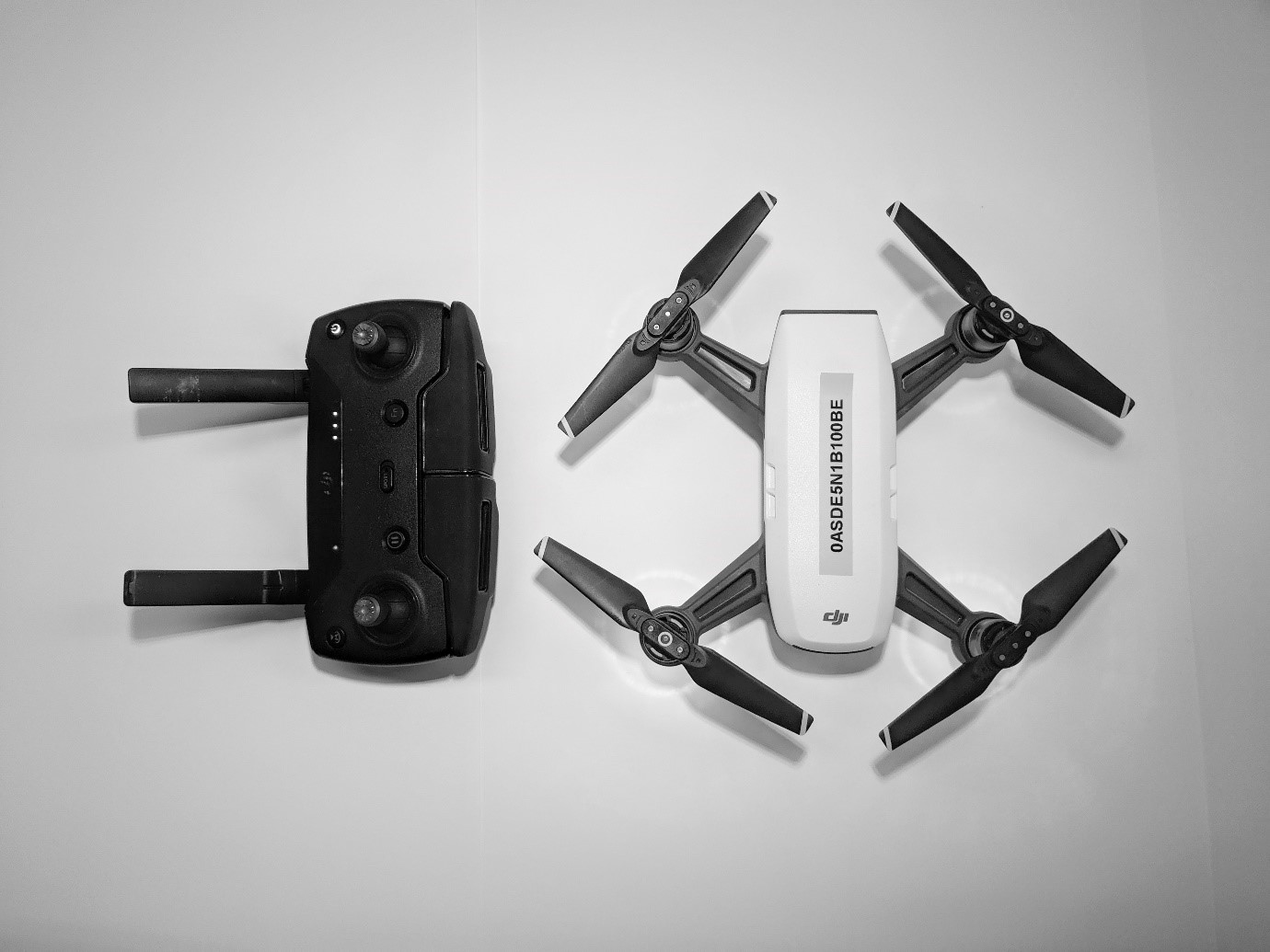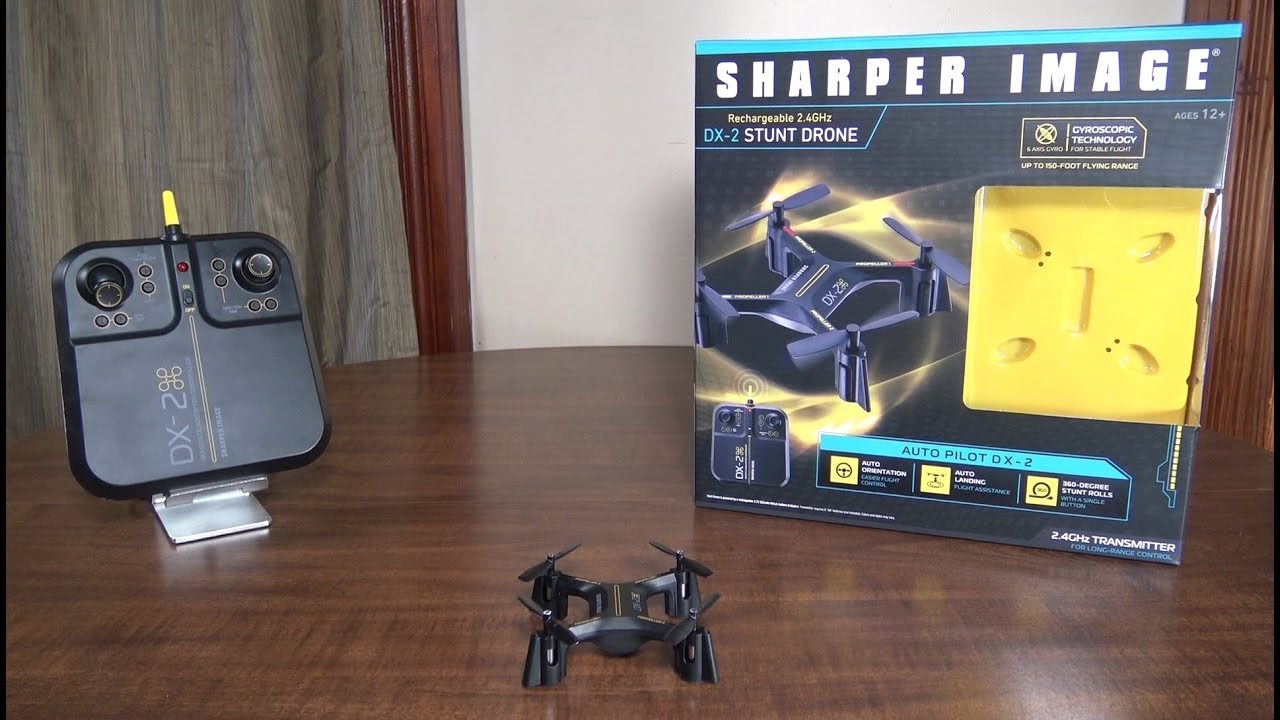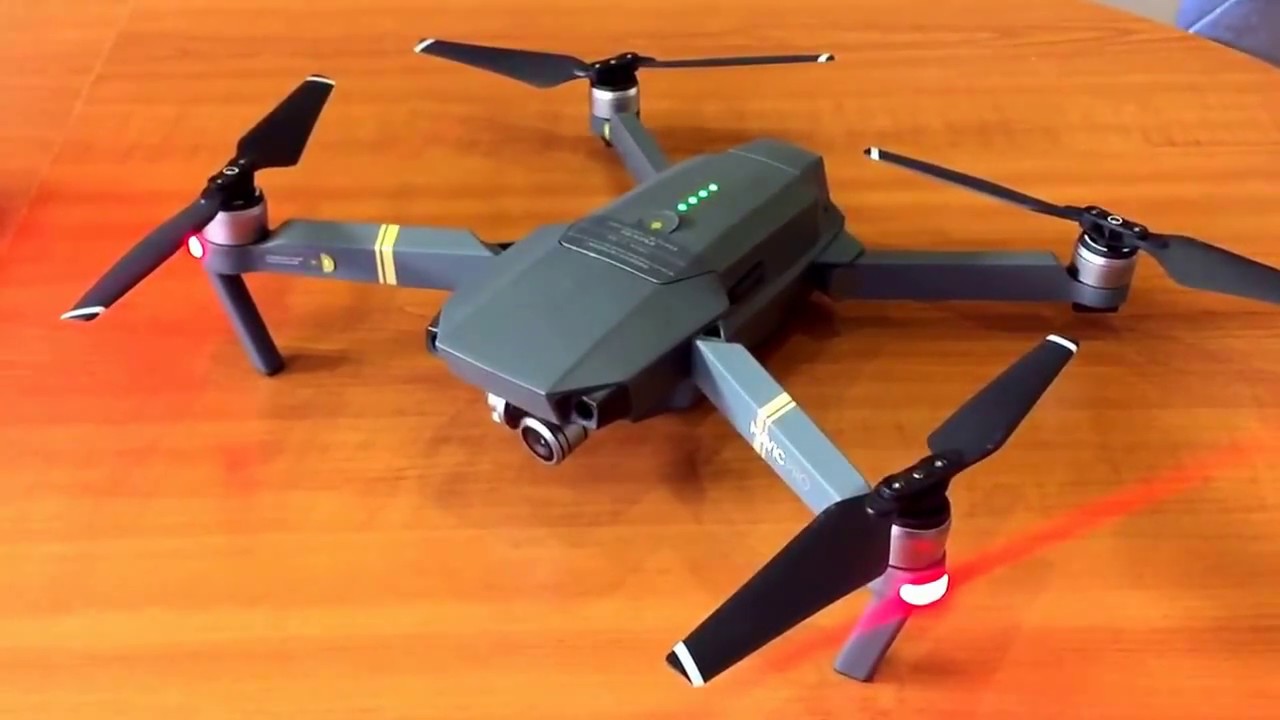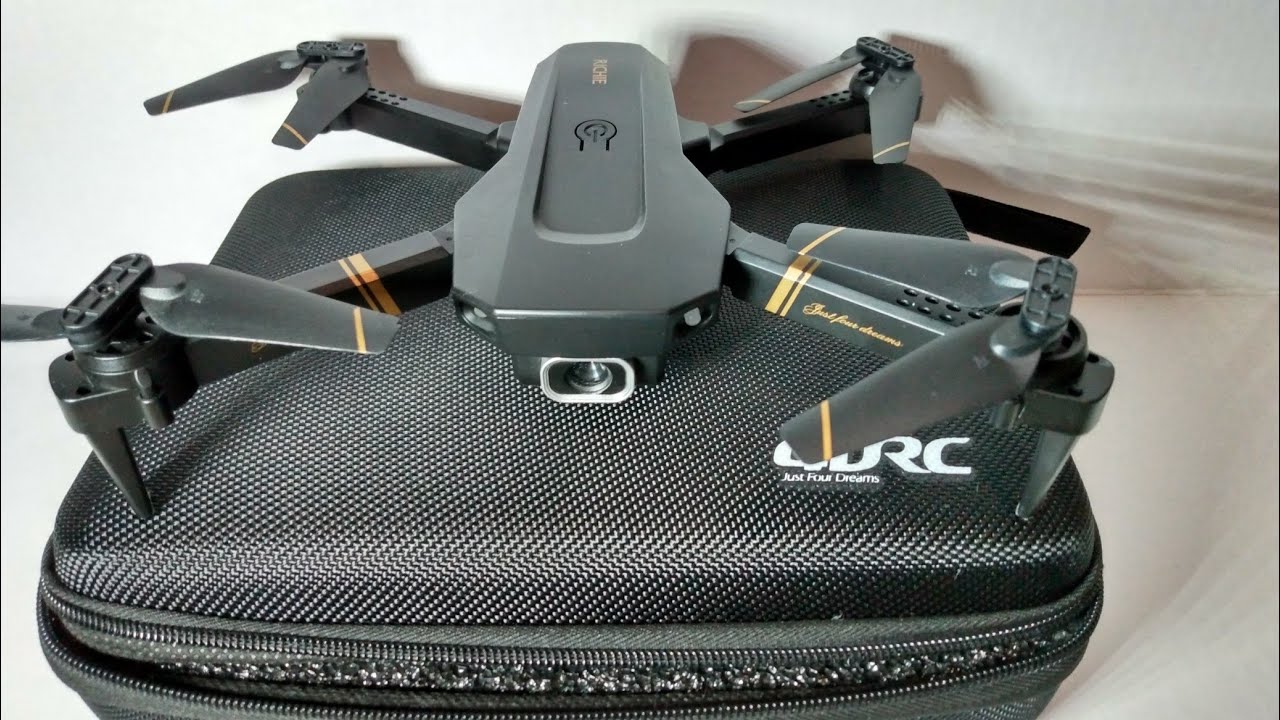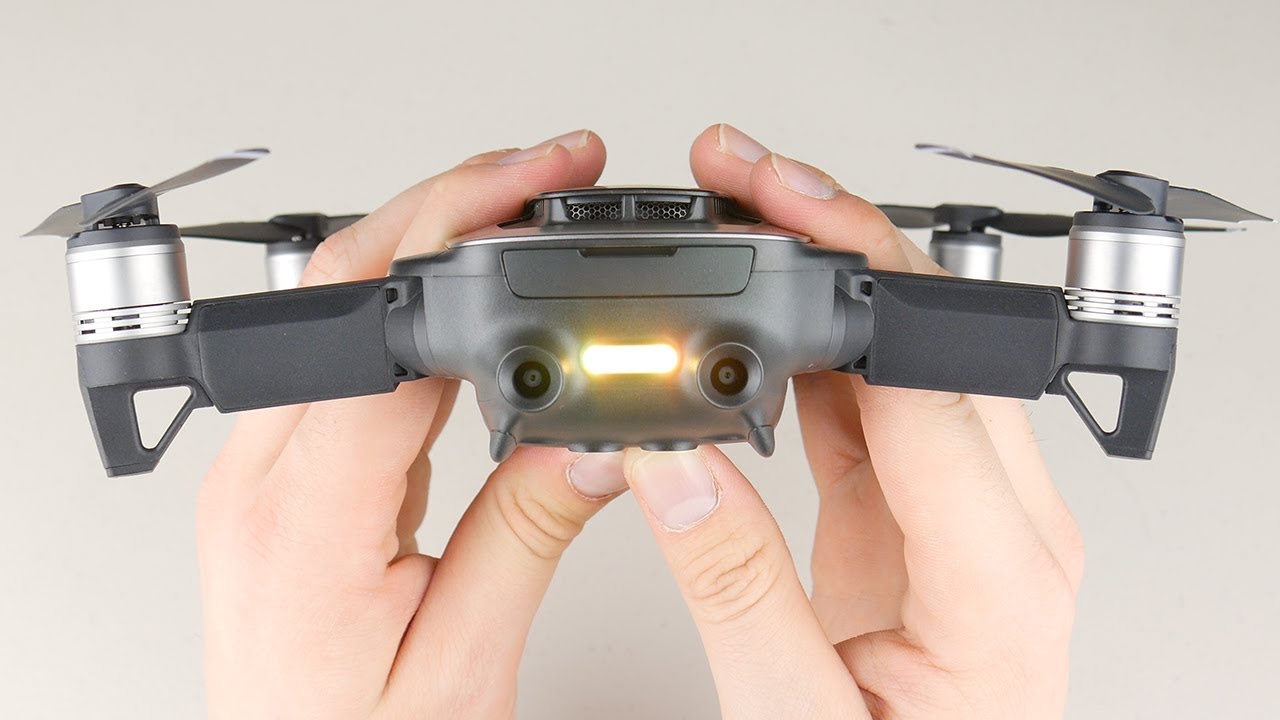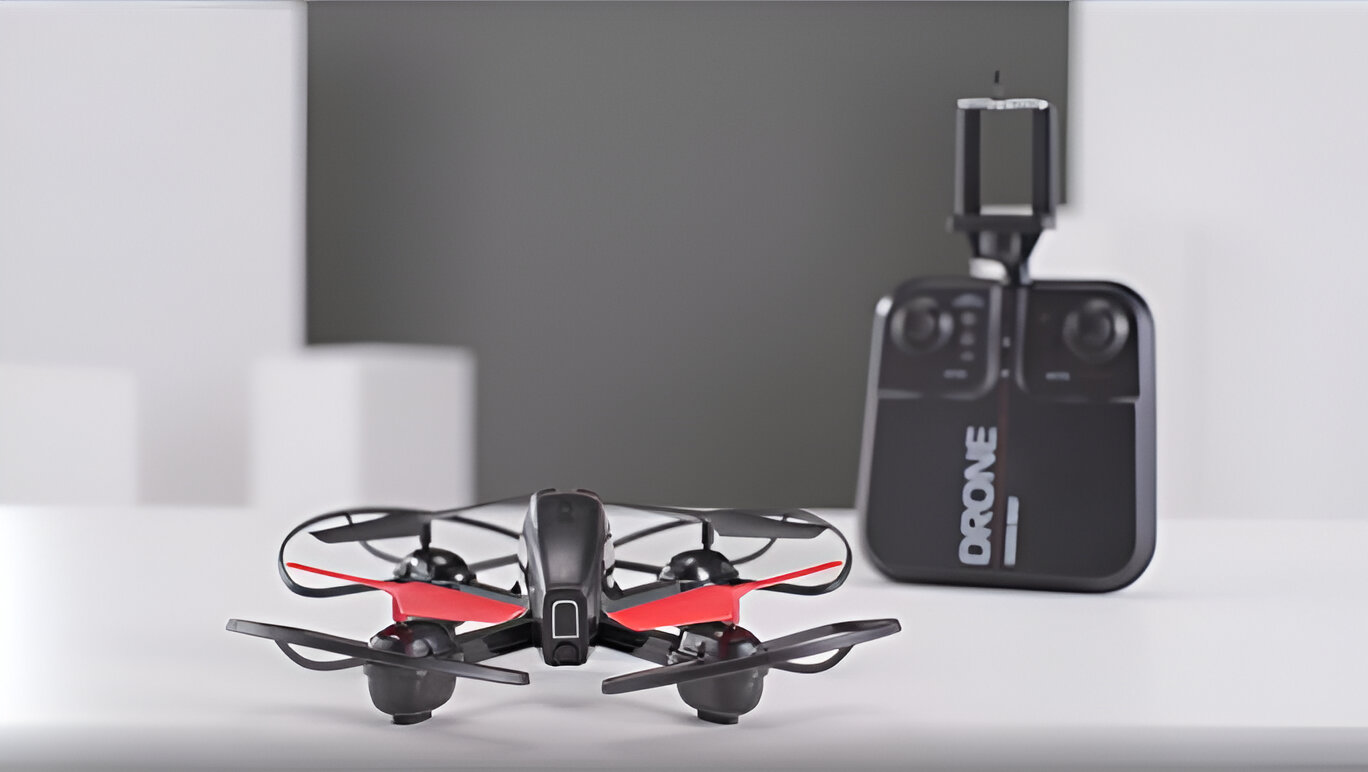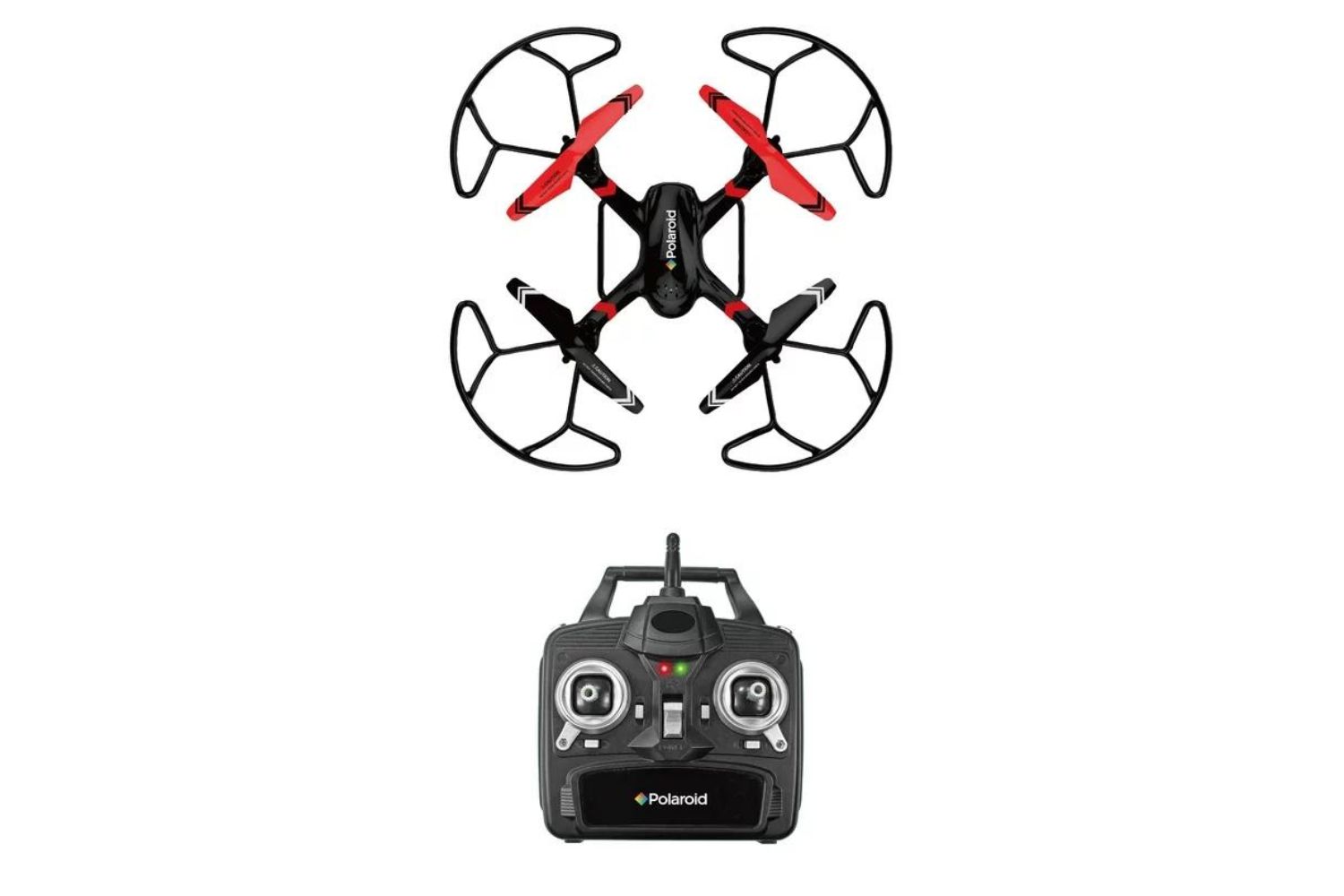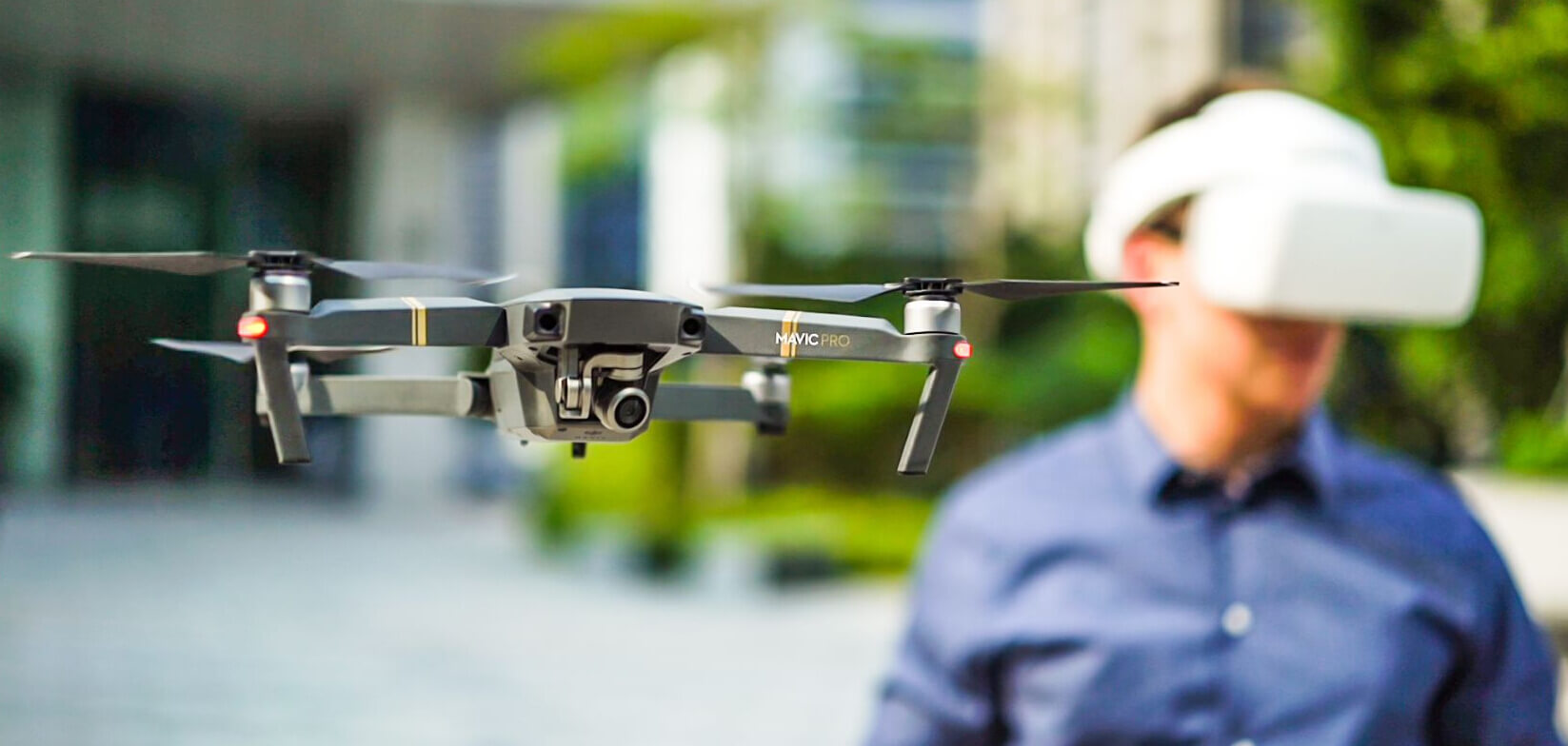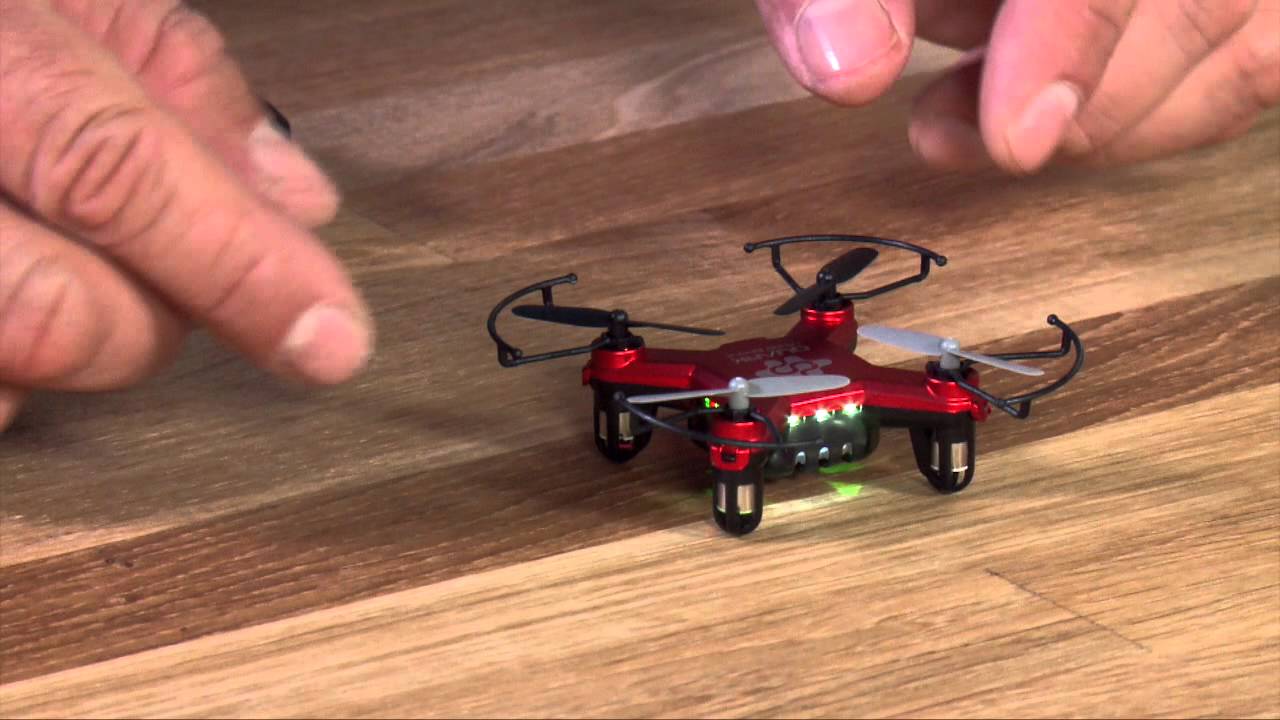Introduction
When it comes to flying a drone, having a reliable and responsive remote controller is essential. Whether you’re a professional aerial photographer or a hobbyist drone enthusiast, knowing how to pair your drone with a remote controller is a fundamental step in getting your drone off the ground.
In this article, we will guide you through the process of pairing your drone with a remote controller, ensuring a seamless connection and control over your device. Whether you’re using a brand-new drone or replacing a damaged remote controller, the steps outlined here will help you get your drone and controller working in harmony.
Before we delve into the pairing process, it’s essential to note that the steps may vary slightly depending on the brand and model of your drone and remote controller. It’s always a good idea to consult the user manual specific to your devices for any variations to the process we outline here.
Now, let’s dive into the step-by-step guide to pairing your drone with a remote controller!
Step 1: Power on the drone
The first step in pairing your drone with a remote controller is to ensure that the drone is powered on. This may seem like a simple task, but it’s essential to follow the correct procedure to avoid any issues during the pairing process.
To power on your drone, locate the power button or switch on the device. This is usually found on the main body of the drone. Press or toggle the power button to turn on the drone. You may need to hold the power button for a few seconds before it powers on.
Once the drone is powered on, you should see lights or indicators on the device to signify that it is ready for pairing. These lights may flash or remain steady, depending on the specific drone model. Refer to your drone’s user manual for the specific indicator light patterns to look out for.
It’s important to note that some drones may have a separate battery compartment or a removable battery. In such cases, ensure that the battery is fully charged and properly inserted before powering on the drone. A low battery can cause connectivity issues or interrupt the pairing process, so it’s always best to start with a fully charged battery.
Once the drone is powered on and displaying the correct indicator lights, you’re ready to move on to the next step.
Step 2: Turn on the remote controller
Now that your drone is powered on and ready, it’s time to turn on the remote controller. The remote controller is what allows you to wirelessly control and navigate your drone in the sky, so it’s crucial to ensure it’s properly powered on and functioning.
Locate the power button or switch on your remote controller. This is typically located on the top or side of the device. Press or toggle the power button to turn on the remote controller. Similar to the drone, you may need to hold the power button for a few seconds before it powers on.
After turning on the remote controller, you should see lights or an illuminated display on the device indicating that it is powered on and functioning correctly. Some remote controllers may have a digital display that shows important information like battery level, signal strength, and flight modes. Familiarize yourself with the display and its functions, referring to the user manual if necessary.
It’s worth noting that some remote controllers may require batteries or have a rechargeable battery that needs to be charged beforehand. Make sure you have enough power in the remote controller before attempting to pair it with the drone. If the remote controller is low on battery, connect it to a charger or replace the batteries to ensure a stable connection.
Now that both your drone and remote controller are powered on, we can move forward with the pairing process in the next step.
Step 3: Enable the drone’s controller pairing mode
Before we can establish a connection between the drone and the remote controller, we need to enable the drone’s controller pairing mode. This mode allows the drone to search for and connect with the remote controller.
The process of enabling the drone’s pairing mode may vary depending on the drone model. However, it usually involves pressing a specific combination of buttons or accessing a menu option on the drone’s control interface.
Refer to the user manual of your drone to determine the exact steps for enabling pairing mode. In most cases, you’ll need to navigate to the settings or connectivity menu on the drone’s interface. Look for an option related to controller pairing or connectivity.
Once you’ve accessed the pairing mode option, follow the instructions to enable it. This may involve pressing and holding a specific button or following a series of prompts on the interface.
While enabling pairing mode, keep an eye on the drone’s indicator lights or display. You should see a change in the light pattern or a message indicating that the drone is now ready to pair with a remote controller.
Enabling the drone’s controller pairing mode ensures that it actively searches for remote controllers in the vicinity. With this mode activated, we can now move on to the next step and activate the pairing function on the remote controller.
Step 4: Activate the remote controller’s pairing function
With the drone’s controller pairing mode enabled, it’s now time to activate the pairing function on the remote controller. This will allow the remote controller to search for and establish a connection with the drone.
On most remote controllers, there is a specific button or combination of buttons that need to be pressed to activate the pairing function. Refer to the user manual of your remote controller to find the exact steps for activating pairing mode.
You may need to press and hold a designated button or access a menu option on the remote controller’s interface. Look for an option related to drone pairing or connectivity.
Once you’ve located the pairing function, follow the instructions provided. This may involve pressing and holding a button or following on-screen prompts. As you activate the pairing function, pay attention to the remote controller’s indicator lights or display. They should indicate that the remote controller is now actively searching for a drone to pair with.
It’s worth noting that some remote controllers may have multiple pairing modes depending on the type of drone or connectivity options. For example, there may be separate pairing modes for Wi-Fi connection or Bluetooth connection. Ensure that you activate the correct pairing mode according to your specific drone’s connectivity requirements.
With the remote controller’s pairing function activated, we’re ready to move on to the next step and complete the pairing process between the drone and the remote controller.
Step 5: Wait for the pairing to complete
After activating the pairing functions on both the drone and the remote controller, it’s time to wait for the pairing process to complete. This step requires a bit of patience, as it may take a few moments for the devices to establish a connection.
During this waiting period, it’s important to ensure that the drone and the remote controller are within close proximity of each other. This allows for a stronger and more reliable connection during the pairing process. Maintaining a clear line of sight between the devices can also help improve the pairing speed and success rate.
While waiting for the pairing process to complete, keep an eye on the indicator lights or display on both the drone and the remote controller. They may provide visual cues or notifications that indicate the progress of the pairing process.
In some cases, the pairing process may involve a series of blinking lights, alternating colors, or audible signals. These cues indicate that the devices are communicating and attempting to establish a stable connection.
It’s essential to avoid any interference during the pairing process. Stay clear of any other electronic devices that may disrupt the wireless connection, such as Wi-Fi routers or transmitting antennas. This will help ensure a smooth and uninterrupted pairing process.
Be patient and allow the devices sufficient time to complete the pairing. Depending on the specific drone and remote controller models, the pairing process may take anywhere from a few seconds to a couple of minutes.
Once the pairing process is complete, you’ll be ready to fly your drone with the remote controller. But before that, it’s crucial to conduct a quick test to ensure that the connection is stable and that both devices are communicating effectively.
Step 6: Test the connection
After the pairing process is complete, it’s essential to test the connection between the drone and the remote controller before taking off. Testing the connection ensures that both devices are communicating effectively and that you have full control over your drone.
To test the connection, first, ensure that both the drone and the remote controller are powered on and in close proximity. Maintain a clear line of sight between the devices for the best signal strength.
Next, slowly and gently maneuver the controls on the remote controller. Move the joystick or control sticks in different directions and observe the response from the drone. The drone should mirror your control inputs and move accordingly.
Pay close attention to any delays or lag in the response. Ideally, the drone should respond in real-time to your commands. If you notice any significant delays or lack of response, it’s a sign that the connection may not be strong or stable.
Ensure that all the controls on the remote controller are functional. Test buttons for taking pictures, recording videos, or enabling special flight modes if applicable to your drone model. Ensure that these functions are responsive and activate as intended.
If you have access to a live video feed or FPV (first-person view) through the remote controller, check for a clear and smooth video transmission. Make sure the live feed is crisp and without any interruptions or distortions.
If you encounter any issues during the testing phase, such as a weak connection, unresponsive controls, or interrupted video feed, try repositioning the devices to minimize interference. Also, consider checking the battery levels of both the drone and the remote controller, as low battery levels can affect the performance of the devices.
If the connection and functionality are working as expected during the test, congratulations! You have successfully paired your drone with the remote controller. It’s now time to enjoy flying your drone and capturing stunning aerial footage.
Remember, always follow local regulations and guidelines when operating your drone, and fly responsibly and safely. Happy flying!
Conclusion
Pairing your drone with a remote controller is a crucial step in ensuring a successful and enjoyable flying experience. By following the step-by-step guide outlined in this article, you should be able to pair your drone with the remote controller and establish a stable connection.
Remember to power on the drone and the remote controller, enable the drone’s controller pairing mode, activate the remote controller’s pairing function, and wait for the devices to establish a connection. Once the pairing is complete, conduct a thorough test to ensure the connection is strong and all controls are functioning properly.
It’s important to consult the user manual specific to your drone and remote controller as there may be slight variations in the pairing process for different models. Pay attention to the indicator lights, displays, and any paired signals during the process.
By successfully pairing your drone with a remote controller, you’ll have complete control over your drone’s flight and be able to capture stunning aerial footage. Always remember to fly responsibly, follow local regulations, and prioritize safety during every flight.
Now that you have the knowledge and understanding of how to pair your drone with a remote controller, it’s time to take to the skies and explore the world from a new perspective. Enjoy the thrill of flying and capturing breathtaking aerial imagery with your perfectly paired drone and remote controller!







